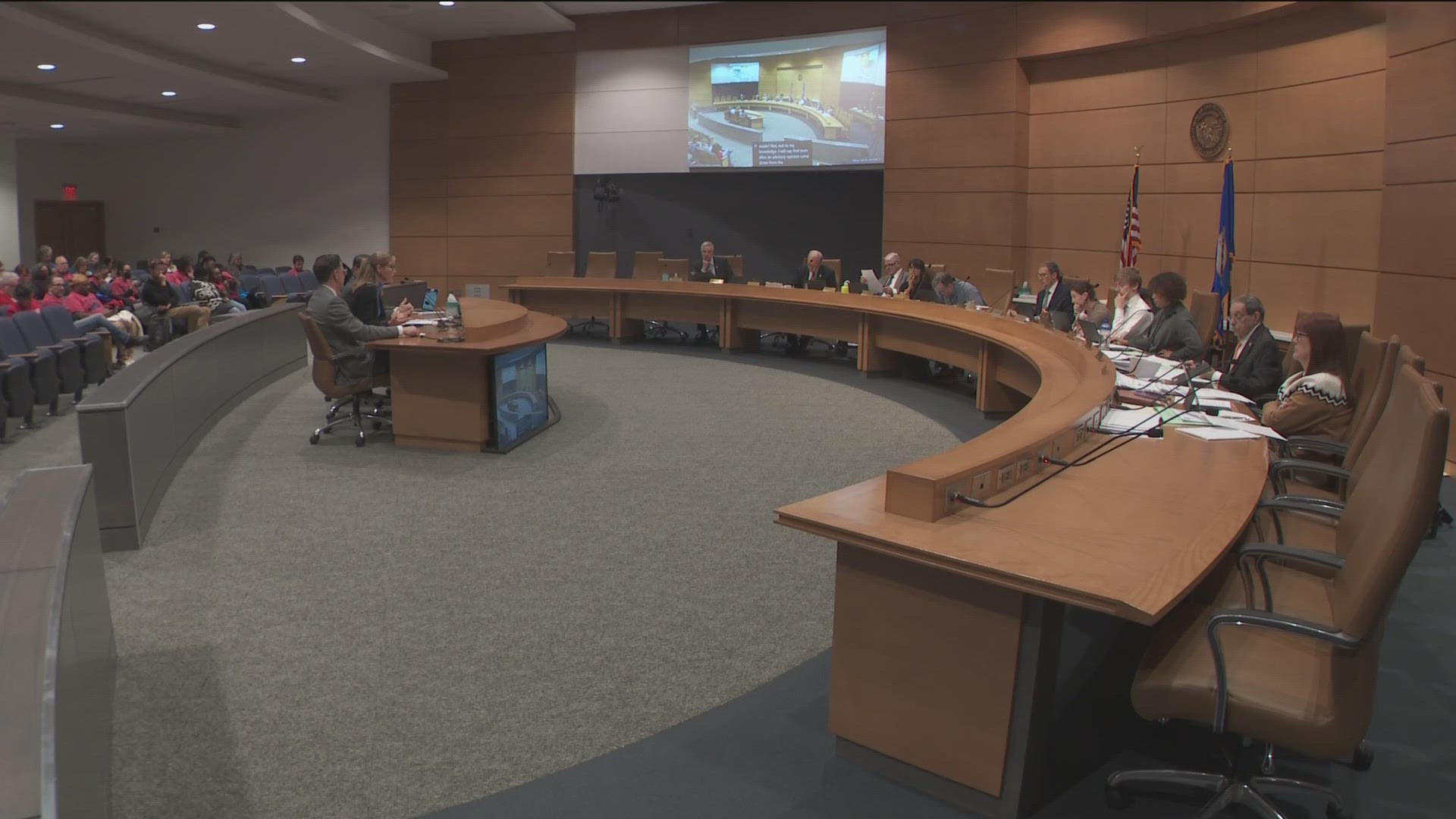ST PAUL, Minn. — The end of the 2024 legislative session may be eight weeks away, but bills must clear other hurdles long before then to remain viable. On Friday two of those deadlines coincided, which explained why some committees were still meeting when they’d normally be gone.
It was the day that policy bills had to pass all the relevant policy committees in both the House and Senate. Those pieces of legislation with a spending component have until April 19 to pass through committees.
"You have standing committees and bills have different components that are judiciary components to it, and state government components to it, and health and human services component to it, so each of those committees have to hear it in order to hear it and react to their jurisdiction," Senate President Bobby Joe Champion told KARE.
"And once you’re outside the deadline you have to send your bill to the Rules Committee to determine there’s some extenuating circumstances why that bill did not make it through the policy deadlines."
For the Senate Judiciary Committee it resulted in a marathon session, with the panel scheduled to hear 38 bills before the day ended. Even Sen. Champion waited for the panel to get to his bill, known as the African American Family Preservation Act.
"Judiciary is always that committee that has more bills than anyone else and it creates a little of a bottleneck, but Chair Latz always does a good job of understanding what bills have to be heard, what bills have to meet the deadline versus those that may have a little more flexibility," Sen. Champion explained.
The legislature works on a two-year cycle. So, bills introduced during the 2023 session can still be acted on in the 2024 session. Thus far in the 2023-2024 cycle, 5,225 bills have been introduced in the Senate and 5,139 bills have been introduced in the House.
As of Friday, only 80 bills had passed both chambers and gone to the governor’s desk. It’s important to note, however, that many bills that begin as stand-alone bills are combined with others into larger, all-encompassing omnibus bills before final passage. That list of 80 bills signed by Gov. Tim Walz represents a much larger total of House and Senate files.
Still, all in all, most bills won’t make it through on their first try for one reason or another. Regardless of what kind of political divide exists in any given year, there's only so much lawmakers that can finish before the clock runs out on them.
Champion pointed out that many bills are more about starting a conversation.
"It’s rare that a bill comes through for the very first time, and it’s introduced and gets through the process, and all of a sudden it turns into law, unless there’s some extraordinary circumstances," Champion explained.
"A number of the ideas we finally get across the finish line have been germinating and making their way through our process for quite some time. Some people say it’s too slow of a process. Some people say it’s a deliberative process. Some say people say maybe a bill or policy comes through at its appointed time."

